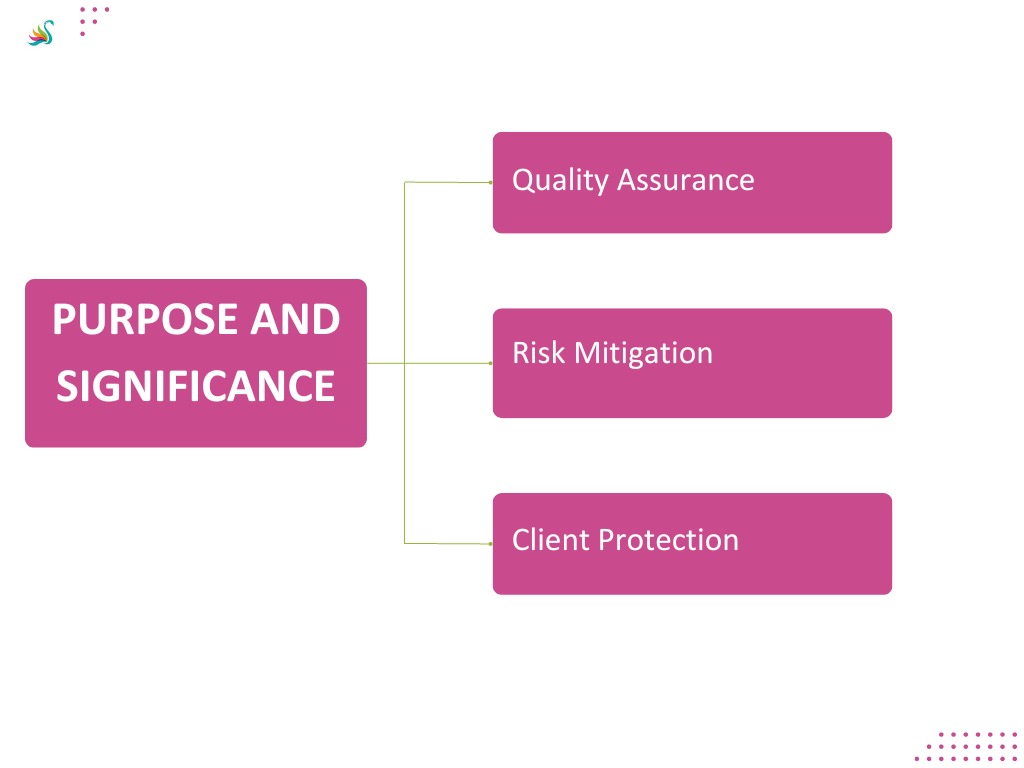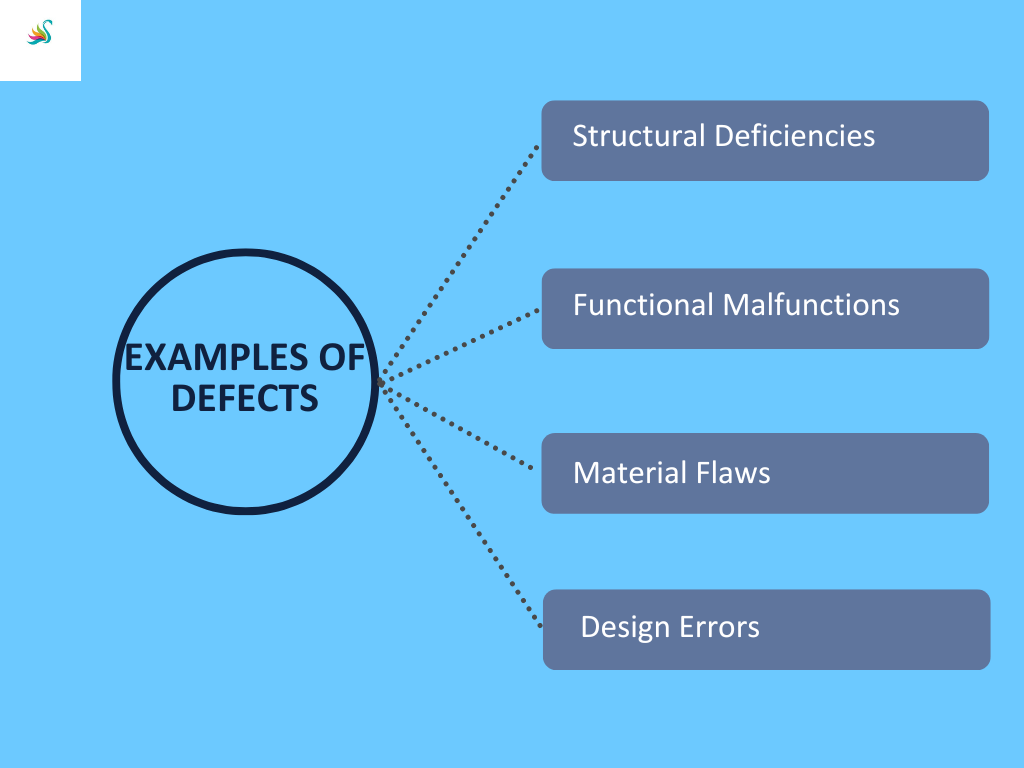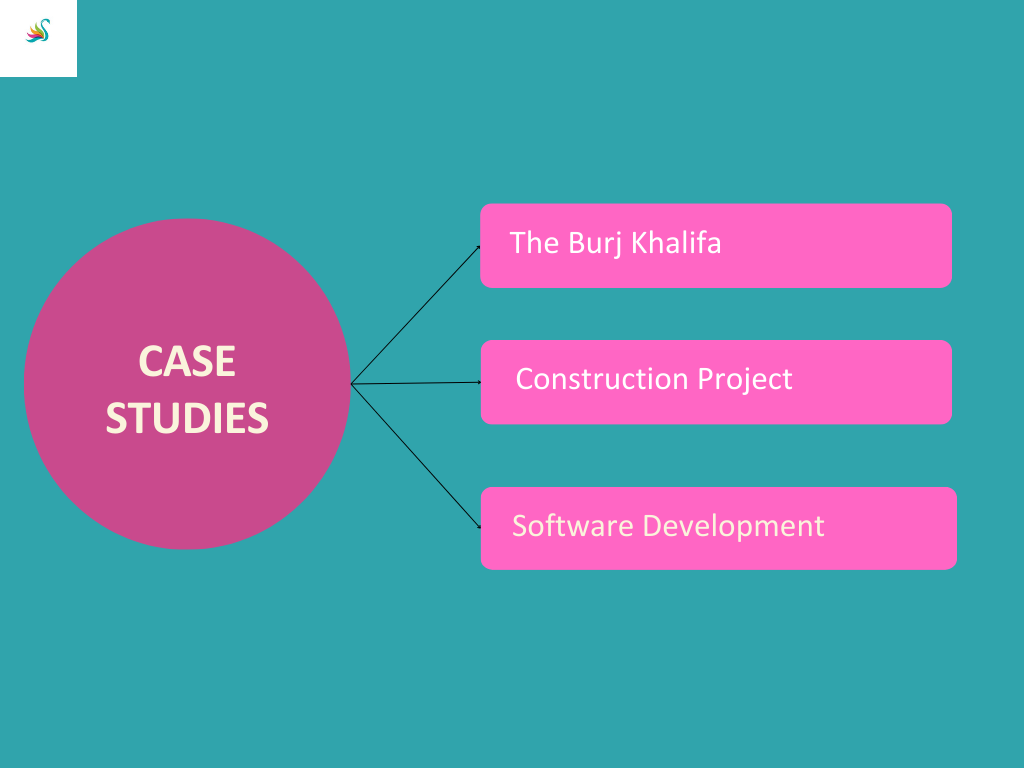Understanding Defect Liability Periods in Contracts
Introduction:
Contracts serve as the backbone of any business arrangement, ensuring that all parties involved are on the same page regarding their rights, obligations, and expectations. One crucial aspect of many contracts, particularly in construction and procurement projects, is the Defect Liability Period (DLP). In this blog post, we will delve into the concept of a Defect Liability Period, its purpose, significance, common examples of defects, case studies, and expert recommendations on navigating this period effectively.
Defining the Defect Liability Period:
The Defect Liability Period, often referred to as the rectification or warranty period, is a specific duration stated within a contract during which the contractor or supplier remains responsible for addressing any defects, errors, or issues arising from their work or delivered products. This period begins after substantial completion of the project or delivery of goods and extends over a predetermined timeframe, typically ranging from a few months to a year.
Purpose and Significance:
The Defect Liability Period serves several vital purposes in contractual agreements:

1. Quality Assurance: By imposing a Defect Liability Period, the client ensures that the contractor or supplier is accountable for the quality of their work. This incentivizes the responsible party to deliver a high standard of work or products to avoid potential rectification costs.
2. Risk Mitigation: The period offers a safety net for the client against unforeseen defects that might manifest shortly after project completion. This minimizes the chances of incurring additional costs to fix issues that become apparent only after regular usage.
3. Client Protection: The Defect Liability Period safeguards the client’s interests by giving them time to observe the project or product in operation, identifying and rectifying any defects or deficiencies that may impact its functionality or safety.
Common Examples of Defects:
During the Defect Liability Period, various issues can arise. Common examples include:

1.Structural Deficiencies: Cracks, leaks, or structural instability in buildings or infrastructure.
2. Functional Malfunctions: Technical glitches or failures in machinery, equipment, or software solutions.
3. Material Flaws: Premature wear and tear, corrosion, or disintegration of materials used.
4. Design Errors: Mistakes in architectural or engineering designs that impact functionality or aesthetics.
Case Studies:

The Burj Khalifa: During the construction of the Burj Khalifa, the defect liability period played a crucial role in ensuring the skyscraper’s quality. Various issues, such as water leakage, were identified and rectified during this period, resulting in a safe and fully functional building
Construction Project: In a commercial construction project, a Defect Liability Period of six months was established. During this period, several issues emerged, including water leaks and air conditioning malfunctions. Thanks to the Defect Liability Period, the contractor promptly addressed these issues at no extra cost to the client. Without the DLP, the client would have had to bear the financial burden of these repairs.
Software Development: A software development contract included a Defect Liability Period of three months. After the software was deployed, users encountered frequent crashes and data loss. The development team, bound by the DLP, worked diligently to identify and resolve the issues. The client appreciated the additional support during the critical post-launch phase, which enhanced their confidence in the vendor.
Expert Recommendations:
Effectively managing and navigating a Defect Liability Period requires careful consideration:

1. Clear Contractual Language: Ensure the contract clearly defines the start and end dates of the Defect Liability Period, as well as the scope of rectification responsibilities.
2. Thorough Inspection: Conduct comprehensive inspections during the DLP to identify and document defects promptly.
3. Open Communication: Maintain open lines of communication between parties to swiftly address any emerging issues.
4. Documentation: Keep detailed records of defects, rectification actions taken, and associated costs.
5. Regular Review: Regularly review and update the Defect Liability Period based on the project’s complexity and nature.
Conclusion:
In the realm of contractual agreements, the Defect Liability Period stands as a cornerstone for quality assurance, risk mitigation, and client protection. It serves as a mechanism for rectifying defects that may surface after project completion, ensuring that clients receive the quality they expect and deserve. By adhering to expert recommendations, fostering open communication, and taking a proactive approach to addressing defects, both parties can navigate this period effectively and contribute to the success of the project.
As the business landscape evolves, so too does the significance of the Defect Liability Period. It’s not just a contractual obligation; it’s an embodiment of the commitment to excellence and accountability. Embracing this perspective can set the stage for not only successful projects but also long-lasting partnerships built on trust, collaboration, and shared success.
